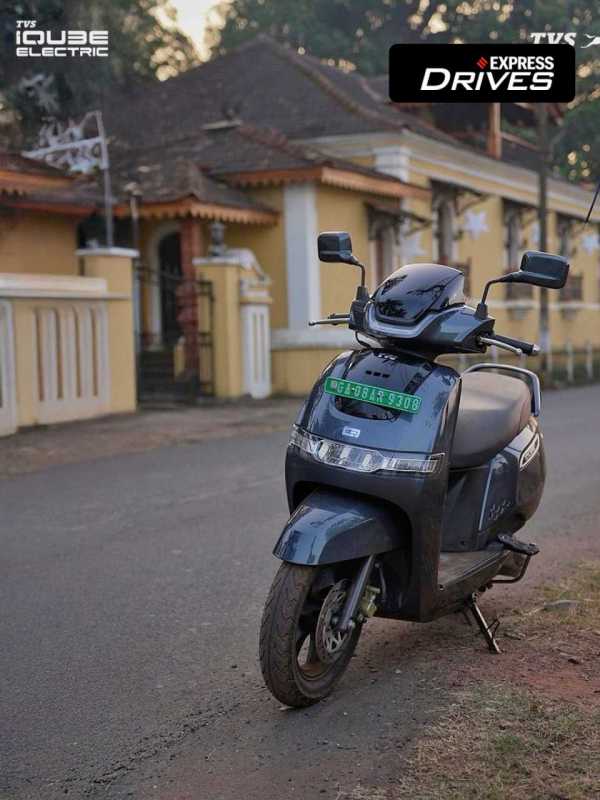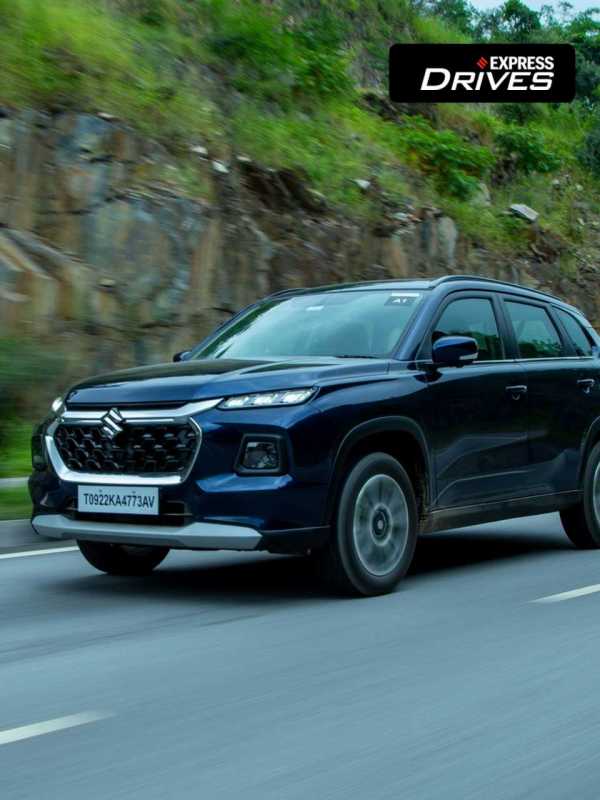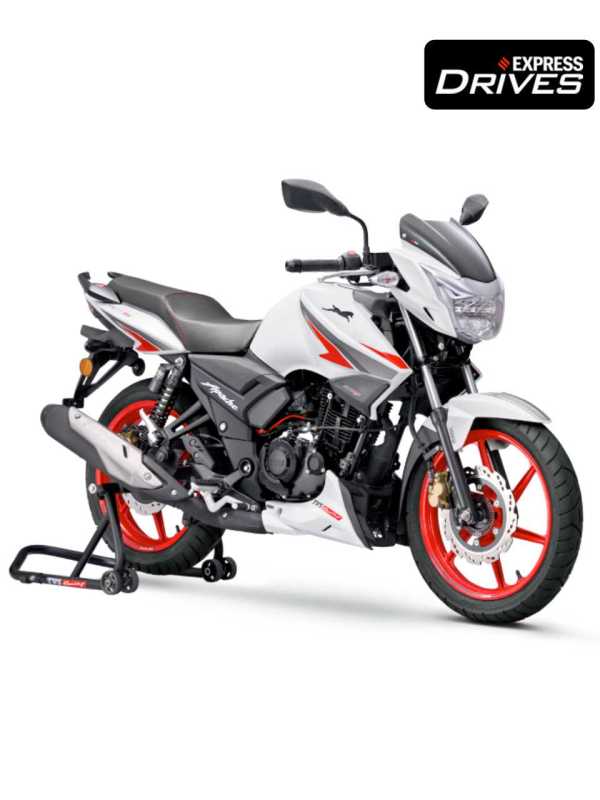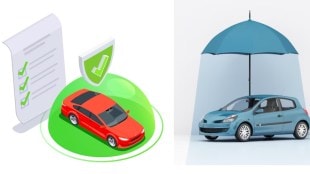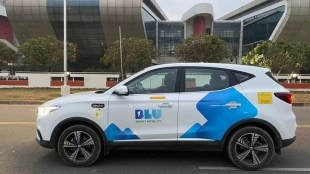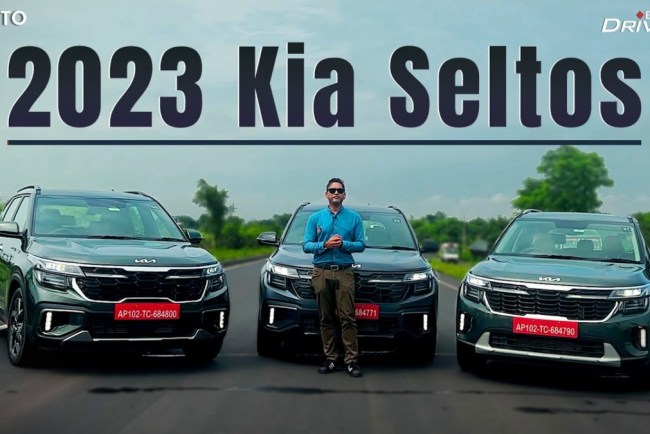By – Hiranmay Mallick
As India’s cities continue to grow, the issues of traffic congestion, pollution, and overburdened infrastructure are becoming more significant. One promising solution to these urban challenges is Mobility as a Service (MaaS), a transformative approach that brings together different modes of transport into a single, integrated platform. MaaS allows users to access multiple transportation options seamlessly, offering a way to navigate cities more efficiently and sustainably. This concept holds the potential to revolutionize urban commuting and address some of the most pressing issues our cities face today.
One of the primary benefits of MaaS is that it enables commuters to make cost-effective transportation choices. By integrating different modes of transport on a single platform, it empowers people to select the most affordable option that suits their immediate needs. For instance, instead of relying on expensive taxis during peak hours, a commuter might choose a bus, or perhaps opt for a bike instead of a car for shorter distances. This ability to mix and match transportation methods offers significant savings for commuters while also reducing the number of private vehicles on the road, leading to fewer traffic jams and lower emissions.
Another major advantage of MaaS is its potential to enhance the efficiency of public transport systems. By utilizing real-time data and optimizing routes, MaaS can make public transportation more reliable and efficient. This can translate into fewer delays and improved service quality for users. For instance, MaaS platforms can provide commuters with up-to-the-minute information on bus or train arrival times, allowing them to plan their journeys more effectively. This real-time data can also help transit authorities make better decisions about route planning and resource allocation, ultimately improving the overall experience for commuters.
The implementation of MaaS also promises significant job creation in various sectors, including technology, mobility services, and associated industries. The rise of MaaS platforms will generate demand for a range of new roles, including software developers, engineers, data analysts, fleet managers, and customer service personnel. These roles will support the development and operation of MaaS platforms, contributing to the growth of the tech-driven mobility sector and the broader economy. As these platforms expand, we are likely to see even more opportunities emerge, helping to drive innovation and employment in urban centers.
Additionally, MaaS can help cities reduce the costs associated with expanding and maintaining transportation infrastructure. By promoting shared mobility and public transport options, MaaS reduces the reliance on private vehicles, which in turn decreases the need for building new roads, parking facilities, and traffic management systems. Fewer private cars on the road means lower infrastructure costs for cities, enabling them to allocate resources to other essential services, such as education, healthcare, and environmental conservation. This not only saves money but also enhances the quality of life in urban areas by reducing congestion and making public spaces more accessible.
The environmental benefits of MaaS are equally significant. By encouraging the use of public transport, ride-sharing, and non-motorized transportation options, such as cycling and walking, MaaS can play a key role in reducing greenhouse gas emissions. For example, a commuter who switches from driving a private car to taking a public bus can reduce their carbon footprint by as much as 75%.
In addition to lowering emissions, MaaS can help alleviate traffic congestion, which remains one of the biggest pain points in Indian cities. Fewer vehicles on the road mean smoother traffic flow, improved air quality, and lower fuel consumption. By offering carpooling and ride-sharing options, MaaS can reduce the number of vehicles on the road, leading to fewer traffic jams and more efficient commuting. Moreover, MaaS platforms make it easier for individuals to choose sustainable transportation options. With features such as bike-sharing stations and walking route information, commuters are encouraged to embrace non-motorized alternatives for shorter trips, further reducing traffic and emissions.
Despite the numerous benefits of MaaS, there are challenges to its widespread adoption in India. One of the most significant hurdles is the need for improved public transportation infrastructure. In many cities, existing public transport networks are underdeveloped or insufficient to meet the needs of growing populations.
Mobility as a Service offers a promising solution to the transportation challenges facing India’s urban centers. By providing economic and environmental benefits, MaaS can contribute to a more sustainable, efficient, and equitable urban future. However, to fully realize the potential of MaaS, India must address challenges such as infrastructure development, data privacy concerns, and the need for strong collaboration among stakeholders. With the right investments and partnerships, MaaS can help transform the way we move through our cities, making them cleaner, greener, and more livable for everyone.
The author is the CEO & Co-founder, Tummoc – A Public Transit App.
Disclaimer: The views and opinions expressed in this article are solely those of the original author. These views and opinions do not represent those of The Indian Express Group or its employees.






